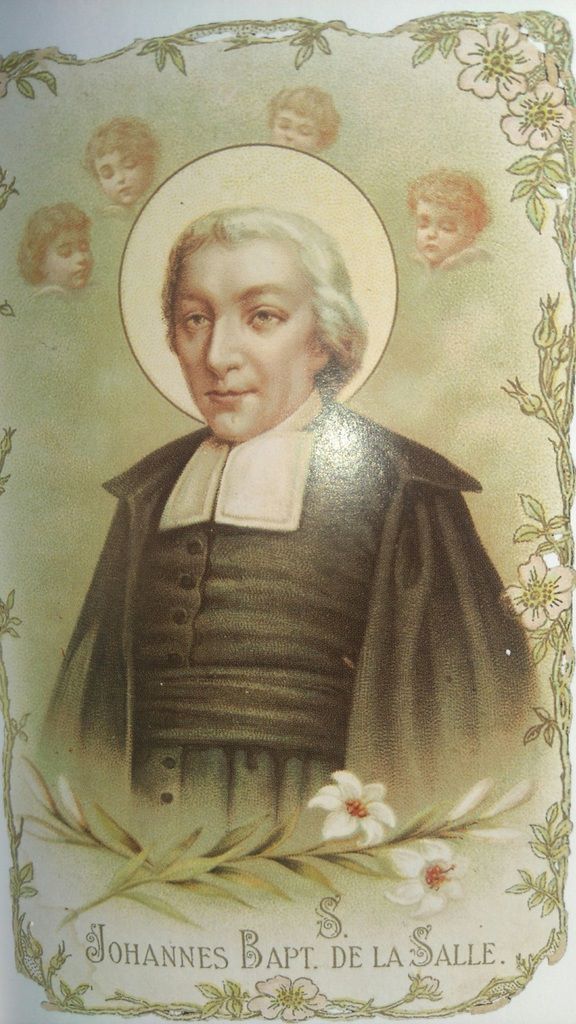

This challenge would have been enough to occupy the energies of most naturalists however, Lamarck’s intellectual aspirations ran well beyond that of reforming invertebrate classification. Get a Britannica Premium subscription and gain access to exclusive content. By 1802 Lamarck had also introduced the term biology. Later he would name this group “animals without vertebrae” and invent the term invertebrate. Lamarck then set out to classify this large and poorly analyzed expanse of the animal kingdom. The botanists Antoine-Laurent de Jussieu and René Desfontaines held greater claims to these positions, and Lamarck, in a striking shift of responsibilities, was made professor of the “insects, worms, and microscopic animals.” Although this change of focus was remarkable, it was not wholly unjustified, as Lamarck was an ardent shell collector. In the changeover, all 12 of the scientists who had been officers of the previous establishment were named as professors and coadministrators of the new institution however, only two professorships of botany were created. Lamarck’s career changed dramatically in 1793 when the former Jardin du Roi was transformed into the Muséum National d’Histoire Naturelle (“National Museum of Natural History”). Professorship at the National Museum of Natural History In 1792 he cofounded and coedited a short-lived journal of natural history, the Journal d’histoire naturelle. Lamarck also published botanical papers in the Mémoires of the Academy of Sciences. Shortly after Buffon’s death in 1788, his successor, Flahault de la Billarderie, created a salaried position for Lamarck with the title of “botanist of the King and keeper of the King’s herbaria.”īetween 17 Lamarck published three large botanical volumes for the Encyclopédie méthodique (“Methodical Encyclopaedia”), a massive publishing enterprise begun by French publisher Charles-Joseph Panckoucke in the late 18th century. This provided Lamarck with his first official connection, albeit an unsalaried one, with the Jardin du Roi. Two years later Buffon named Lamarck “correspondent” of the Jardin du Roi, evidently to give Lamarck additional status while he escorted Buffon’s son on a scientific tour of Europe. With Buffon’s support, Lamarck was elected to the Academy of Sciences in 1779. Lamarck designed the Flore française specifically for the task of plant identification and used dichotomous keys, which are classification tools that allow the user to choose between opposing pairs of morphological characters ( see taxonomy: The objectives of biological classification) to achieve this end. The work appeared in three volumes under the title Flore française (1778 “French Flora”). Buffon arranged to have Lamarck’s work published at government expense, and Lamarck received the proceeds from the sales. This project appealed to Georges-Louis Leclerc, comte de Buffon, who was the director of the Jardin du Roi and Linnaeus’s greatest rival. Lamarck gained attention among the naturalists in Paris at the Jardin et Cabinet du Roi (the king’s garden and natural history collection, known informally as the Jardin du Roi) by claiming he could create a system for identifying the plants of France that would be more efficient than any system currently in existence, including that of the great Swedish naturalist Carolus Linnaeus. SpaceNext50 Britannica presents SpaceNext50, From the race to the Moon to space stewardship, we explore a wide range of subjects that feed our curiosity about space!ĭo you get fired up about physics? Giddy about geology? Sort out science fact from fiction with these questions.

Learn about the major environmental problems facing our planet and what can be done about them!
#Jean baptiste de langy how to
COVID-19 Portal While this global health crisis continues to evolve, it can be useful to look to past pandemics to better understand how to respond today.Student Portal Britannica is the ultimate student resource for key school subjects like history, government, literature, and more.This Time in History In these videos, find out what happened this month (or any month!) in history.#WTFact Videos In #WTFact Britannica shares some of the most bizarre facts we can find.Demystified Videos In Demystified, Britannica has all the answers to your burning questions.Britannica Explains In these videos, Britannica explains a variety of topics and answers frequently asked questions.

Britannica Classics Check out these retro videos from Encyclopedia Britannica’s archives.


 0 kommentar(er)
0 kommentar(er)
